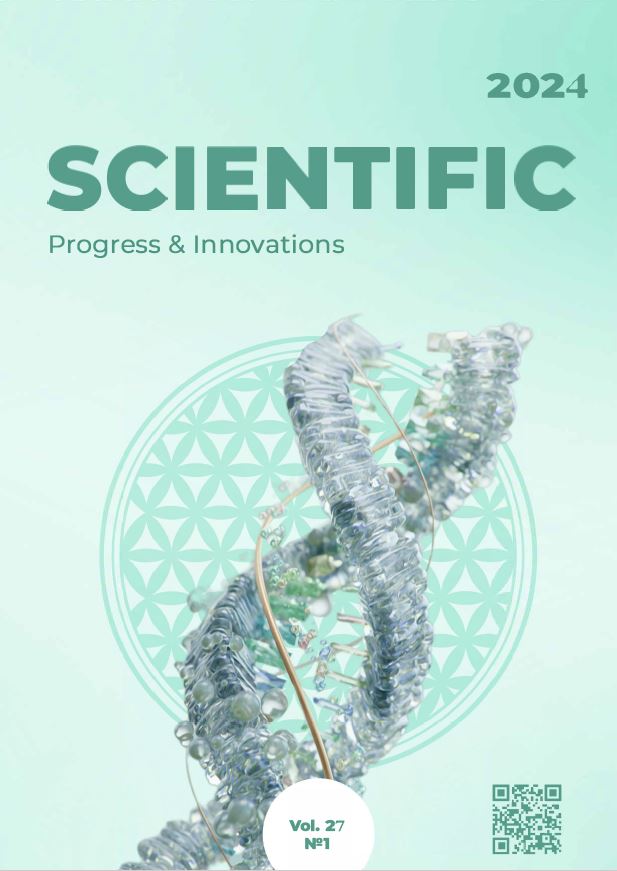Veterinary and sanitary assessment of raw milk for improvement of technology to increase quality and safety in private JSC "Podillya" food company
DOI:
https://doi.org/10.31210/spi2024.27.01.20Keywords:
organoleptic, physicochemical and sanitary indicators, toxic elements, heavy metals, radionuclides, NSC, mastitisAbstract
Milk is a unique product in terms of nutrients, biological value, production profitability and demand in the consumer market, it is an important component of the population's diet. However, the use of industrial milk production technologies raises issues of animal health, productivity, and the quality as well as safety of the products. It was found that the incidence of mastitis in cows depends on factors that are constantly monitored at PJSC FC "Podillia", namely: compliance with feeding regulations, conditions of detention, and compliance with sanitary and hygienic requirements (disinfection), control of the number of somatic cells, application of appropriate treatment regimens based on the results of detecting the sensitivity of the isolated microflora to antibiotics, a clearly defined bacterial status of milk, constant monitoring of critical points of bacterial contamination of milking equipment, daily monitoring and analysis of the incidence rate. Over the years (2020‒2023), the use of the latest milk production technology on the farm and the strengthening of sanitary and hygienic measures, compliance with sanitary and hygienic requirements for its processing, storage, and transportation have contributed to a significant improvement in its quality and safety. While in 2020, 78.15 % of milk samples met the requirements for extra and higher quality by the number of somatic cells (NSC), in 2023 the figure increased to 85.45 %. A statistical analysis of expert opinions on the number of somatic cells in milk samples at different times of the year found that 81.53 % of samples met the requirements of extra and higher grade in summer, and 87.41 % in winter. Even though the indoor temperature was significantly lowered in winter, there was no increase in the incidence of mastitis. Milk quality has also improved significantly. While in 2020, only 24.27 % of samples showed a fat content of more than 4 %, in 2023 the figure was 48.62 %. In 2020, 6.33 % of samples had a protein content of more than 4%, and in 2023 this figure reached 35.58 %. Therefore, the production of high-quality and safe milk at PJSC FC "Podillya" is the result of hard work of producers and enhanced control at all stages of its production in accordance with the requirements of the HACCP system throughout the entire chain "from farm to consumer", ensuring good manufacturing and hygienic practices (GMP/GHP) for milk production and animal welfare.

 Creative Commons Attribution 4.0 International Licens
Creative Commons Attribution 4.0 International Licens